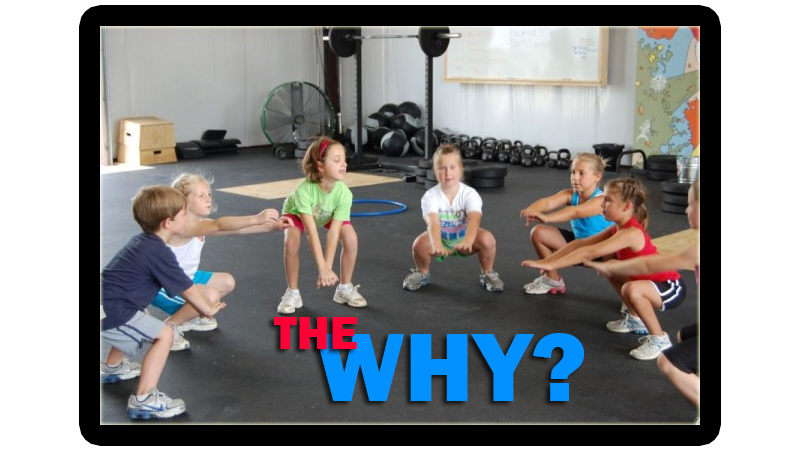By Jason Schroeder – Stevens Point, WI
I’ve been teaching physical education for about 10 years.
I remember my first few years of teaching, coming into the classroom excited to try a new lesson or activity with the hopes it would get my kids engaged and excited.
Sometimes that was the case. Sometimes it wasn’t.
As I look back at my successes and missteps in creating an optimal environment for learning, there are a few key components tied to the days and weeks where I was able to truly engage my kids in the process.
It all comes down to the WHY.
For my first few years of teaching, I was stuck in the traditional “This is what we are doing today, here are the rules, go!” approach. I prided myself in the “Because I said so” mantra.
Unfortunately, this mantra created inconsistent results with levels of class participation and engagement. The kids would do what I said, but it was very mechanical. Their participation hinged on avoiding a bad grade versus enjoying physical activity.
I began to understand that if I wanted kids excited to adopt physical activity as a lifestyle, they needed to be apart of the process. Through trial and error, I realized that relationships were built when the kids trusted me and they knew I cared about their success.
Here are 4 of the strategies I found to be the most effective in creating this trust and in turn, establishing a consistently engaged, excited, and participative class!
 1. Keep it Simple
1. Keep it Simple
2. Make it Real
3. Tell them WHY
4. Show them HOW
Keep it Simple
Start class with the focus on one central idea or concept. In PE, it could be “heart rate” or “lift your knees when you run” or a bevy of other simple concepts. Relate this concept to what you are doing in class. At the end of class, question the kids to see if they retained what you taught them.
This way, the kids understand a clear goal and don’t get overwhelmed with a sea of varied instruction.
Make it Real
Discuss skills, drills, in the context of daily life. For young athletes, a simple explanation of how something can make them faster or stronger immediately gets their attention. For kids not interested in sports, relating how increased fitness can help them in activities they enjoy increases their level of interest.
Understanding what your kids want and enjoy is an important component of creating a connection.
Tell them WHY
Simple explanations, conversations, and questions of why a skill or drill is important does far more for classroom engagement than “because I said so”. If you frame daily objectives with WHY questions, it will create action!
“Why” questioning will also allow you to tap into higher levels of learning (Blooms Taxonomy) that will challenge kids to explain, apply, evaluate and remember the big concepts of your program.
Show them HOW
Once kids understand their psychomotor strengths and weaknesses, it is up to you to show them how they can improve. Helping them understand that there is always a way to improve helps kids on every end of the competency spectrum stay involved.
As an instructor, it’s important to understand both progressions of skills as well as regressions to allow for varied skill levels to be appropriately challenged. There are always fun ways to incorporate both progressions and regressions of a movement or skill into an instant activity, warm up, game or workout.
Engage your class, team, or individuals with these four strategies to help them adopt physical fitness as a way of life!





Connect with SPIDERfit!